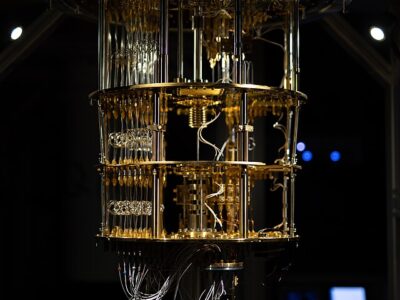
A propellant is essential for propulsion because it provides the necessary reaction mass that is expelled at high speeds to generate thrust according to Newton’s third law of motion. This law states that for every action, there is an equal and opposite reaction.
In the context of propulsion, when fuel is expelled at high velocity from a rocket engine or other propulsion system, it creates a reactionary force that propels the vehicle or object in the opposite direction. Essentially, the propellant serves as the “fuel” that drives the vehicle’s motion through the expulsion of mass.
Without a propellant, there would be no mass to expel and, thus, no reactionary force to generate thrust. In short, the rockets would not work.
Now, if a former NASA engineer is correct about his new device, Newton’s Laws might need a revision and that will lead to major breakthroughs in how humanity travels through space.
Dr. Charles Buhler, a NASA engineer and the co-founder of Exodus Propulsion Technologies, has revealed that his company’s propellantless propulsion drive, which appears to defy the known laws of physics, has produced enough thrust to counteract Earth’s gravity, wrote The Debrief.
A veteran of such storied programs as NASA’s Space Shuttle, the International Space Station (ISS), The Hubble Telescope, and the current NASA Dust Program, Buhler and his colleagues believe their discovery of a fundamental new force represents a historic breakthrough that will impact space travel for the next millennium.
“The most important message to convey to the public is that a major discovery occurred,” Buhler told The Debrief. “This discovery of a New Force is fundamental in that electric fields alone can generate a sustainable force onto an object and allow center-of-mass translation of said object without expelling mass.”
“There are rules that include conservation of energy, but if done correctly, one can generate forces unlike anything humankind has done before,” Buhler added. “It will be this force that we will use to propel objects for the next 1,000 years… until the next thing comes.”
“Essentially, what we’ve discovered is that systems that contain an asymmetry in either electrostatic pressure or some kind of electrostatic divergent field can give a system of a center of mass a non-zero force component,” Buhler said, according to Popular Mechanics. “So, what that basically means is that there’s some underlying physics that can essentially place force on an object should those two constraints be met.”
The magazine, known for debunking myths, was skeptical of the new discovery, writing,”Obviously Buhler’s claims are pretty “woah, if true,” but the history of propellant-less drives is filled with seemingly positive results that are eventually dashed upon the rocks of scientific reality. For the EmDrive, hopes for the device skyrocketed after NASA’s Eagleworks team, which is dedicated to investigating new forms of propulsion (i.e. warp drives), claimed to measure thrust from the “impossible” drive in 2016. However, subsequent studies—including an exhaustive (no pun intended) one at the Dresden University of Technology—found zero thrust.
Before any alternative propulsion enthusiasts should start popping corks, rigorous, third-party research will have to verify the results again and again. While it’s not impossible that Buhler et. al stumbled across some unknown quirk of physics, it’s an extremely unlikely outcome.”









